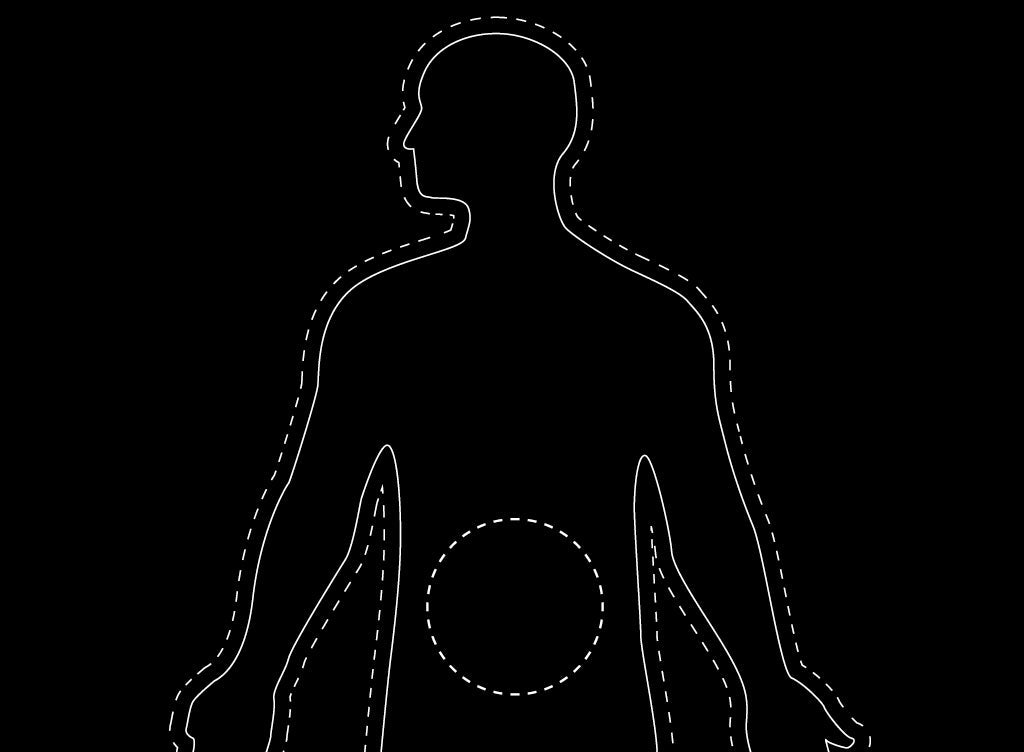
What is the gut-skin axis?
The science behind the bacteria that regulates inflammation and keeps our skin healthy.
We are surrounded by bacteria. “The oldest living organisms on earth are omnipresent. The human body, the air we breathe, the surfaces we touch, the food we eat, the plants that surround us, the environment we live in, are all replete with bacteria,” explains Sarah Murphy, our Holistic Health Nutritionist. “Bacteria aren’t inherently good or bad. They are organisms that have developed ways to protect themselves against their environment, and sometimes those measures of protection can harm other organisms.”
Our gut and skin bacteria play huge roles in our overall health, particularly in immunity. Here’s what you need to know about it.
What is ‘good’ bacteria?
Bacteria get a bad reputation, mainly due to the phrase “anti-bacterial” across cleaning products, cosmetics and shower gels with claims that they kill almost all bacteria. However, it’s not that black and white: “What you call ‘good’ bacteria are actually just bacteria that are living in their ideal environment, and are in symbiosis with their host, like the bacteria in our intestinal tract!” explains Sarah.
“A bacteria considered ‘bad’ is just not in its ideal environment and is protecting itself or trying to outcompete the other bacteria in the neighborhood in order to survive. Diversity is one of the keys to a healthy gut; different microbes perform different tasks and a diverse leveled-out workforce keeps things in homeostasis.”
What is the skin microbiome?
Essentially, the skin microbiome refers to the bacterial ecosystem that covers our skin to protect us. “Our skin is the largest organ in the human body and home to over 10 billion bacterial cells which is roughly one million bacteria per centimeter of skin. After the gut, human skin contains the second highest number and diversity of microorganisms.
“Being the body's first line of defense, human skin provides a physical and chemical barrier against invasion of foreign substances or microorganisms and has an immune system to help fight off infections. This only happens with symbiosis of bacteria.”
What is the gut-skin axis?
So intimate is the connection between our gut and skin microbiomes that skin can be referred to as the ‘mirror to the gut’—essentially showcasing how healthy we are on the inside. Studies have shown that dysbiosis (an imbalance of gut bacteria) can even lead to inflammatory conditions including rosacea, dermatitis and acne.
“The skin is colonized by diverse microbiota just like our gut microbiome. This microbiome acts as a physical barrier to prevent the invasion of foreign pathogens while providing a home to the commensal bacteria,” explains Sarah. “Just like our gut, skin microorganisms have essential roles in protecting against invading pathogens, the education of our immune system and the breakdown of natural products. When the barrier is broken or out of “balance” we will suffer from skin issues.
“The microbiome across your gut and skin work together and affect one another. Your gut bacteria sends messages to your brain which can translate that information into a mood (like irritability) or a feeling (like cramps), but also can change the texture and appearance of your skin. Your gastrointestinal health is drastically linked to your skin’s homeostasis.
What causes skin inflammation?
“A main regulator in the skin-gut axis is how our gut microbiota communicates with the skin and it does this via intricate interactions with the immune system to regulate systemic inflammation. Inflammation in the gut releases pro-inflammatory cytokines in the body and our skin reacts to these inflammatory cytokines resulting in inflammatory skin conditions. Everything that affects our gut microbiome therefore affects our skin microbiome as they are Intrinsically connected. Clear, glowing skin starts with cultivating a healthy balanced gut microbiome.”
How can I rebuild my skin microbiome?
1. Start in the gut: PREBIOTIC + PROBIOTIC uses a superior spore-based formula of Bacillus Coagulans that survives your stomach acid, multiplying in the small intestine where it’s needed to reinforce your gut health.
2. Use topical probiotic skincare: BARRIER CULTURE comprises a pre, pro and postbiotic cleanser and moisturizer duo that works with the pH of your skin to rebuild the topical microbiome, protect against pollution and lock in moisture.



